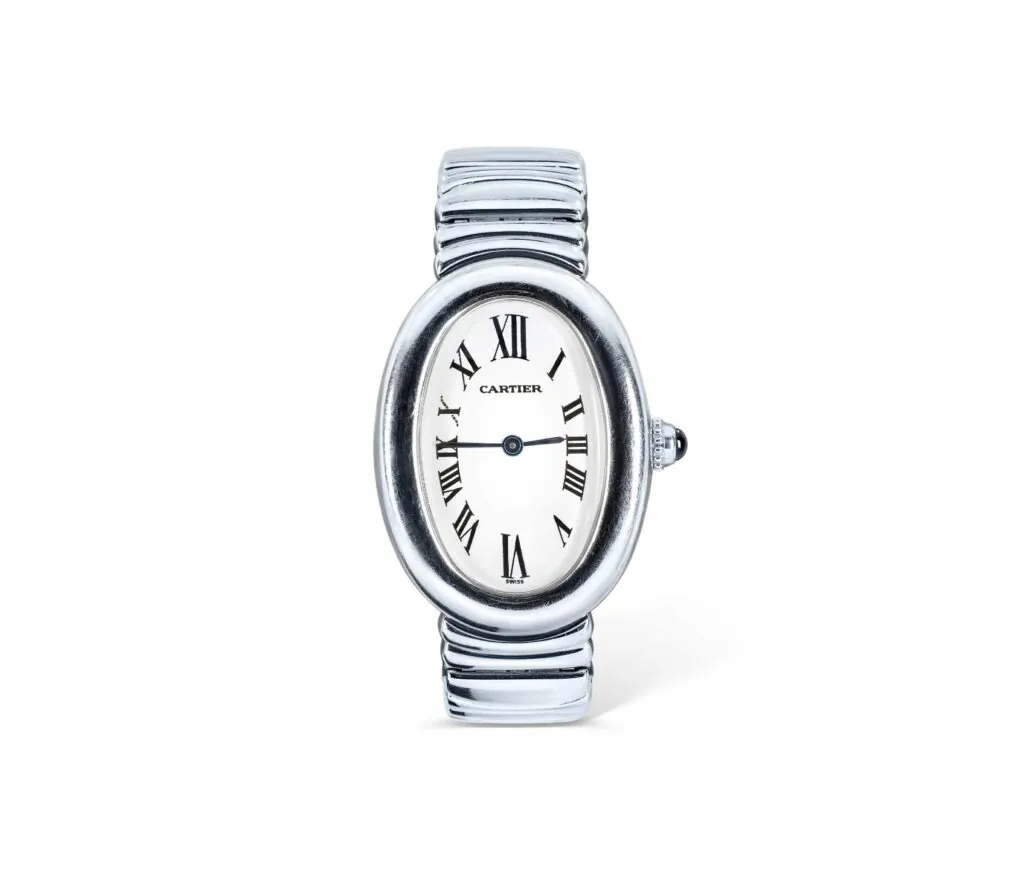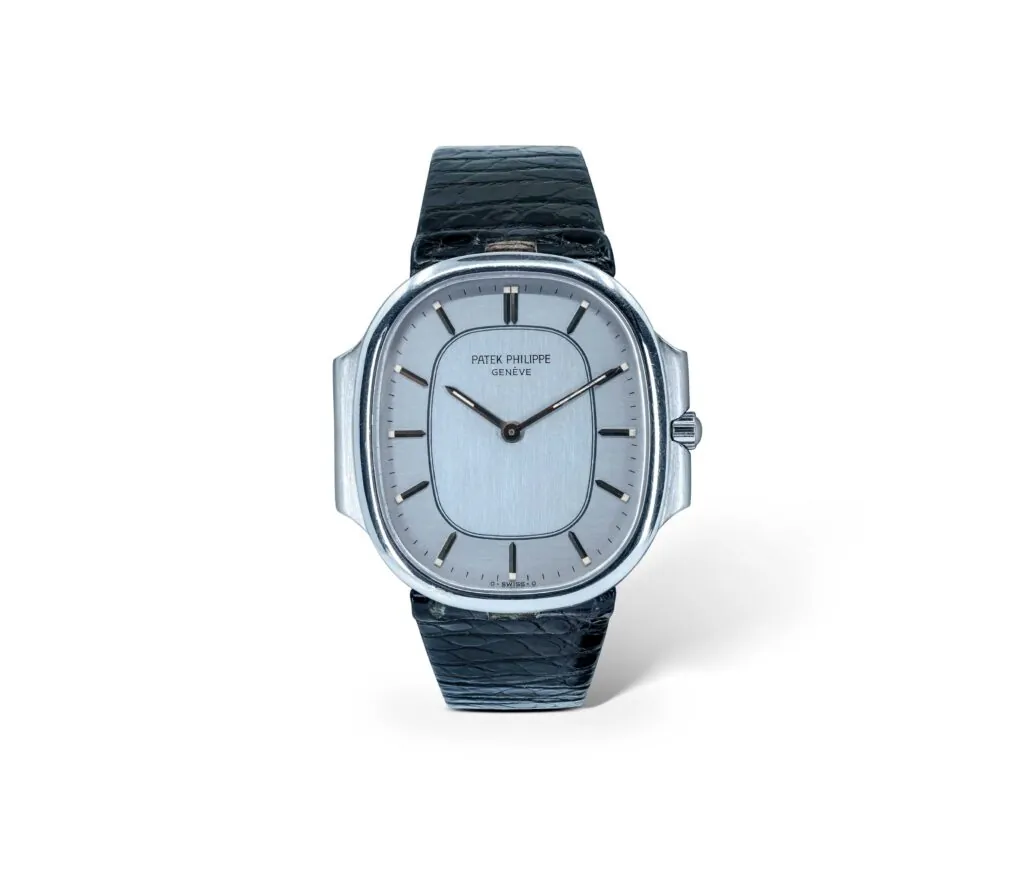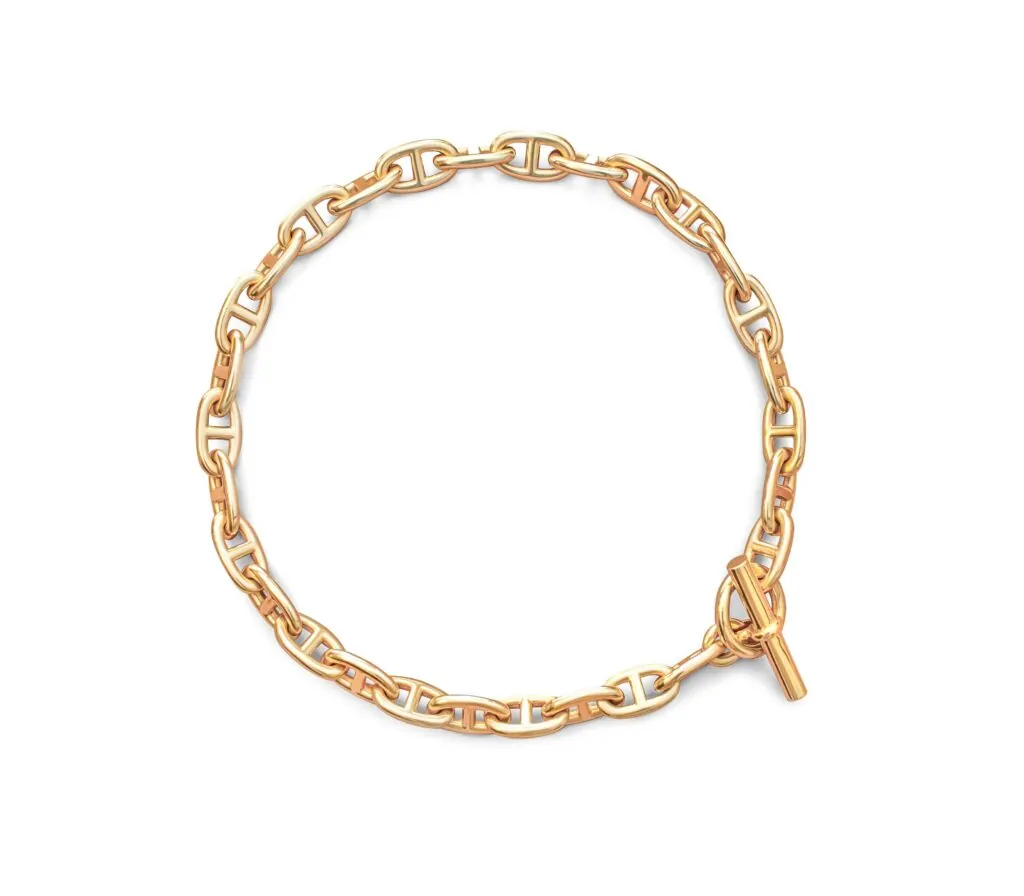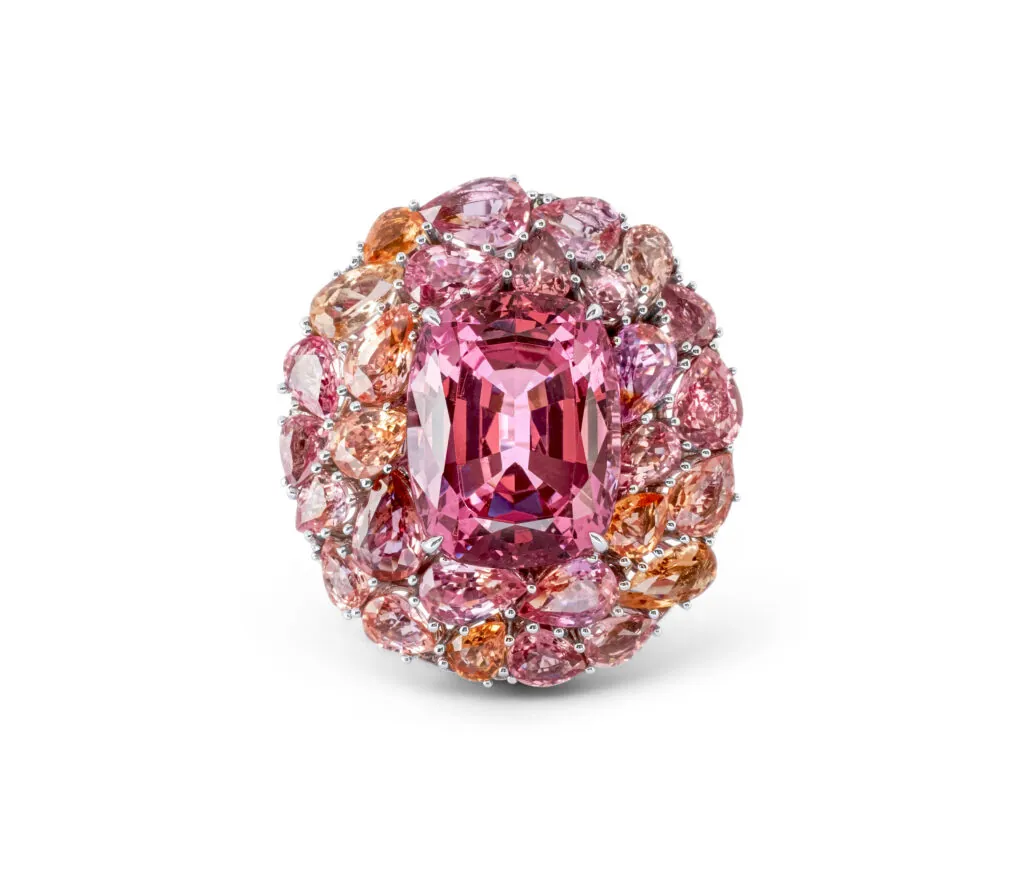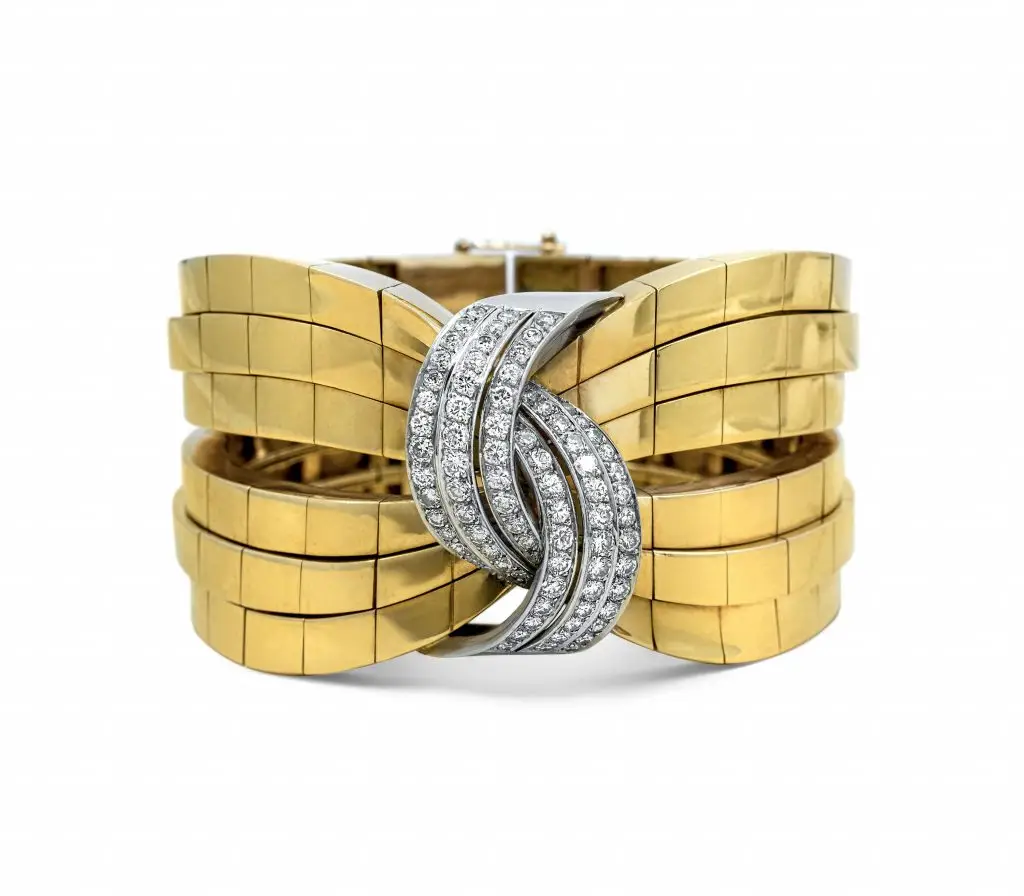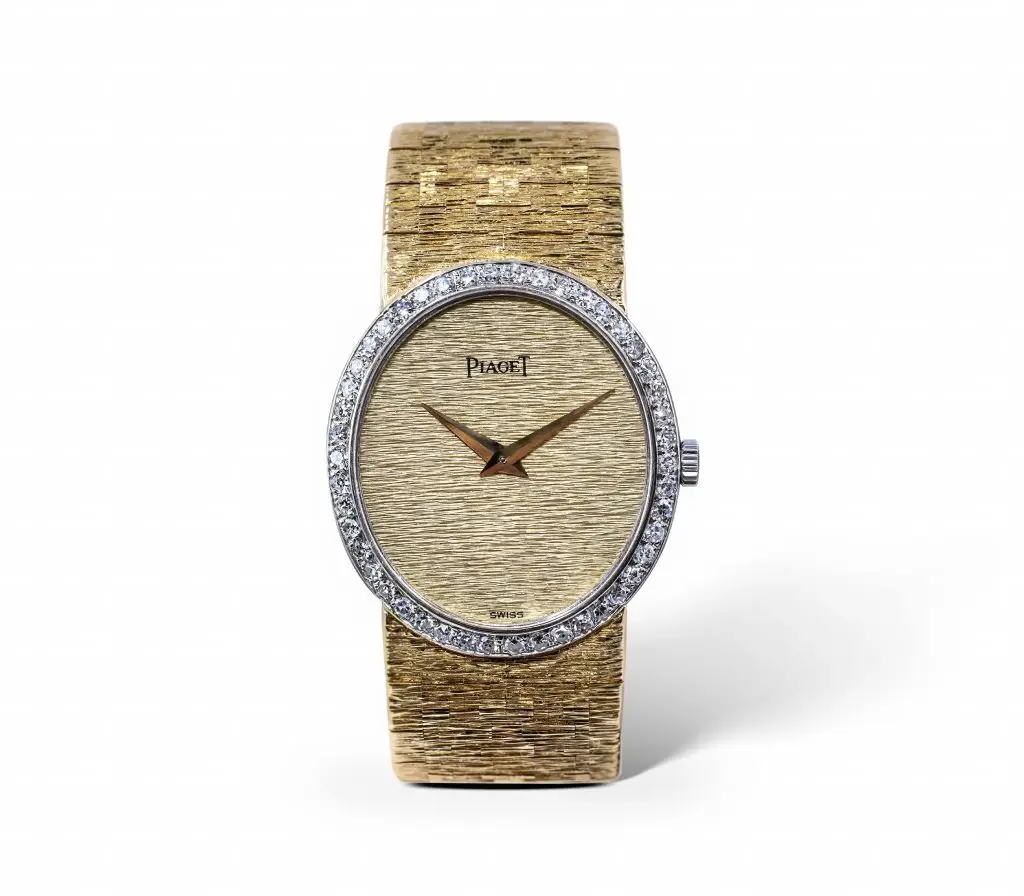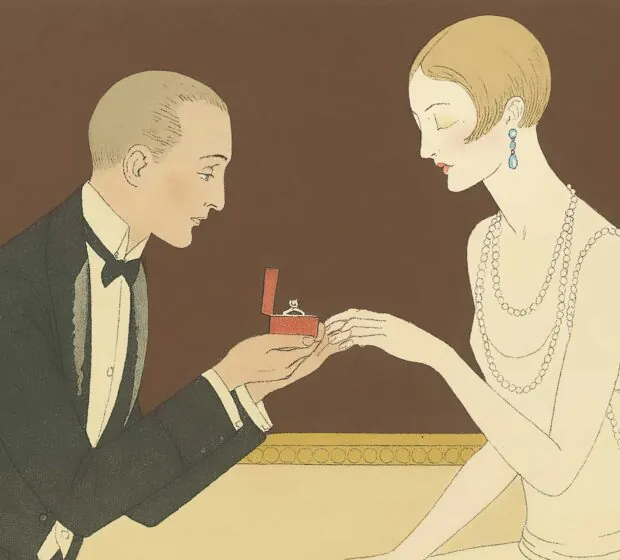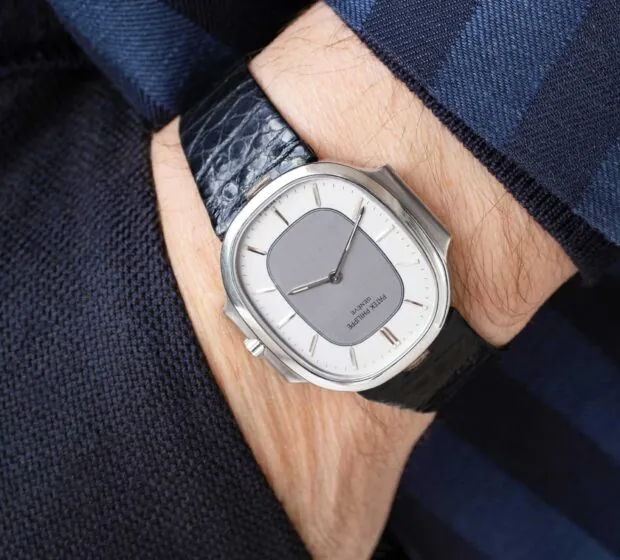A diamond is a paradox: made from the most common element on Earth, yet it remains one of the rarest stones. It appears eternal, yet is born under immense pressure. Its formula is simple, but its essence is infinitely complex.
Today, diamonds are associated with eternal love, rarity, and status. They are chosen for engagements, passed down through generations, and cherished as symbols of memory and strength. But where does this stone truly come from? Why is it so valuable? And what distinguishes natural diamonds from lab-grown ones?
The Chemical Formula of Immortality
At its core, a diamond is composed of carbon—the same element found in wood, graphite, coal, and even our bodies. In a diamond, carbon atoms are arranged in a perfectly symmetrical cubic lattice, where each atom is bonded to four neighbors. This structure not only makes it the hardest natural material but also minimizes internal defects.

To transform carbon into a diamond, specific conditions are required: temperatures above 1200 °C and pressures around 50–70 thousand atmospheres. Such extremes are found 140–200 kilometers beneath the Earth’s surface, in the lower mantle. Remarkably, scientists believe that most diamonds are merely byproducts of ancient geology.
Interesting Fact: The diamond in your ring could be between 1 to 3.5 billion years old—older than dinosaurs, the first plants, and most mountains on Earth.
Billions of Years in the Making
Diamonds form in inaccessible depths, far beyond human reach. Yet, millions of years ago, nature found a way to bring them to the surface: through rare and powerful volcanic eruptions that created kimberlite and lamproite pipes—vertical channels through which molten rock and diamonds surged upward.
These pipes are extremely rare and occur under very specific geological conditions, making natural diamonds even more valuable. Even if diamonds formed deep in the mantle, without such “elevators,” they would never reach us. Sometimes, these rocks cool slowly, preserving the crystals in their pristine form. But in most cases, the pressure and temperature during ascent are so high that many diamonds simply turn into graphite or are destroyed. Therefore, finding even one gem-quality diamond is an event that requires years of exploration and effort.
The largest kimberlite pipe in the world—Premier, now known as the Cullinan Mine—is located in Gauteng Province, South Africa. It was here, on January 26, 1905, that miner Frederick Wells discovered a massive crystal weighing 3,106 carats—over 600 grams—just nine meters below the surface. This diamond was named Cullinan in honor of Sir Thomas Cullinan, the mine’s owner.

The discovery of such a giant became the sensation of the century: never before (and not since) has humanity found a diamond of such size and quality. The stone was exceptionally pure and had a perfect structure—without cracks or significant inclusions, which is extremely rare for natural crystals.
Lab-Grown Diamonds: Resembling the Original
Today, humanity has learned to mimic natural processes: diamonds can be grown in laboratories using HPHT (High Pressure, High Temperature) or CVD (Chemical Vapor Deposition) methods. These stones are visually and chemically identical to natural ones; they even possess the characteristic diamond sparkle. They consist of the same carbon, have similar physical properties, and are even certified.

However, the difference between a diamond and a lab-grown one is akin to that between an original Renaissance painting and its perfect digital copy. At first glance, they are indistinguishable. But authenticity is not determined solely by composition. It lies in context, in the traces of time, in geology, and in the hands of the master who transforms an ancient stone into a symbol.
At the atomic level, lab-grown and natural diamonds are nearly identical, but detailed analysis can reveal traces: metallic inclusions, growth patterns, and other microscopic “signatures” that allow jewelers to distinguish one from the other.
The Art of Transformation: Where Nature Meets Human Craft
Even the rarest and purest diamond is merely a blank canvas. To become a brilliant gem, it requires craftsmanship. The cutting process transforms the stone’s internal architecture into a play of light. Each facet, each angle is calculated to refract, reflect, and return light to the eye in a dazzling display.
The most popular shape is the classic round cut with 57–58 facets, conceived in the 16th century but perfected in the 20th century.
The ideal proportions of the cut were first mathematically derived by Marcel Tolkowsky in 1919. His formulas still underpin the assessment of the “ideal sparkle.” Tolkowsky, an engineer and jeweler of Belgian-Polish descent, conducted thorough analyses to determine the optimal angles for light to refract and reflect within the stone. He concluded that a diamond with specific ratios of depth, crown height, pavilion angles, and table diameter (the central top facet) could reflect the maximum amount of light back to the viewer. This effect is known as “optimal light return” or diamond brilliance.
With proper cutting, light entering the stone doesn’t escape through the bottom or sides but reflects multiple times within, creating the effects of “fire” and “sparkle.” Even slight deviations from these proportions can diminish this magic.

These parameters became the foundation of the so-called “Ideal Round Brilliant Cut,” which remains the standard in jewelry practice. Modern laboratories, such as the GIA (Gemological Institute of America), use refined versions of this model to classify cut quality, ranging from “Excellent” to “Poor.”
As discussed in our article on diamond cutting, shapes and proportions alter the perception of the stone itself. The play of light reflected from the facets can be bright and dazzling—or soft and intimate, like candlelight in an old room.
Why Are Diamonds Valued?
Even knowing what a diamond is made of, one cannot assess its value without understanding its worth, which comprises several factors.
Geological Rarity
Only 15–20% of mined diamonds are suitable for jewelry; the rest are used for industrial purposes.
Clarity and Color
Diamonds are evaluated using the 4Cs system: Carat (weight), Clarity, Color, and Cut. A stone with high grades in all four is truly exceptional.
Symbolic Value
Since the 20th century, diamonds have become the ultimate symbol of engagement and love. This began with De Beers’ iconic 1947 campaign that gave the world the slogan “A Diamond is Forever,” forever changing jewelry culture.
Eternity and Durability
A diamond does not fade, crack, or age. With proper care, it can remain pristine even after a thousand years.

A Diamond as a Message Across Generations
When you wear a diamond, you touch geological history. You wear something born before us and destined to outlive us. It becomes part of a family story—a precious comma between the past and the future. It’s no wonder we so often call diamonds “eternal.” Their structure resists change, their beauty does not fade, and their meaning only deepens over time.
At Grygorian, we don’t just select diamonds—we read them like ancient books. We know how they were born, how they lived before meeting the hands of a master, and how they can come to life in a piece of jewelry. We work with stones that offer more than flawless clarity and quality—we seek character. The kind that holds the potential to become a future legend.
And remember: a true diamond is not just about what it’s made of—it’s about what it becomes to you.

